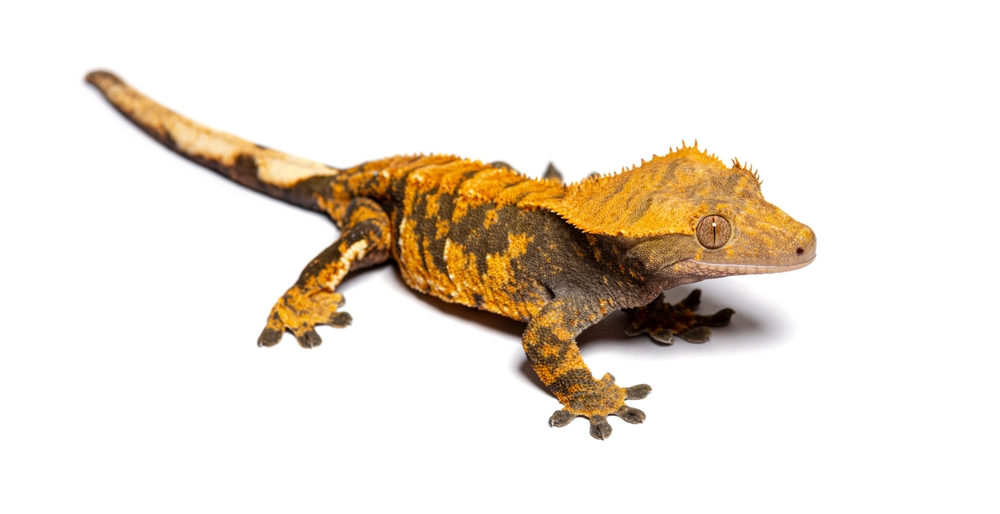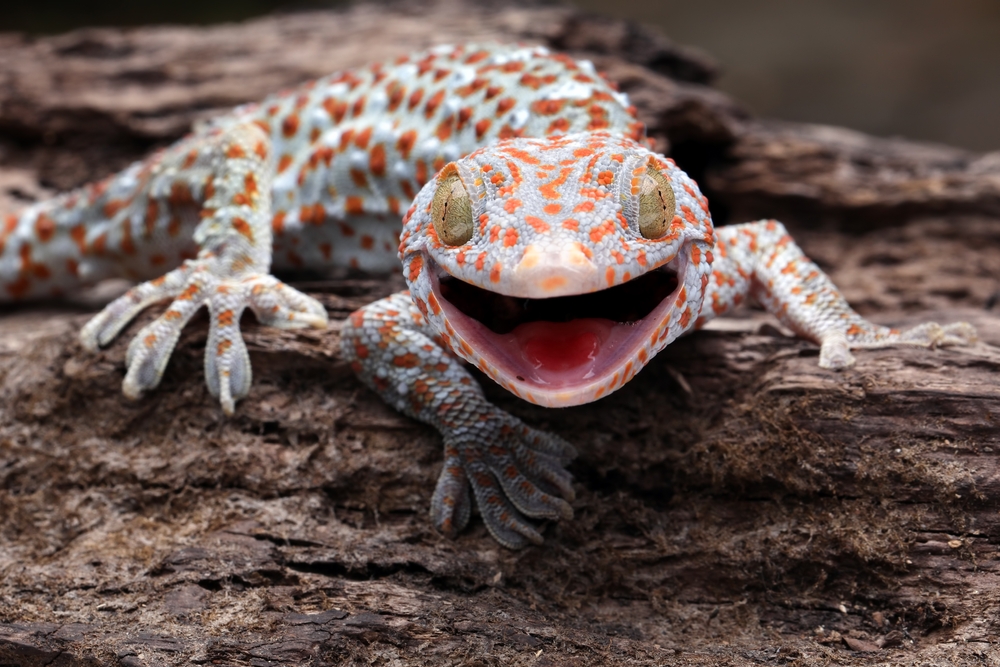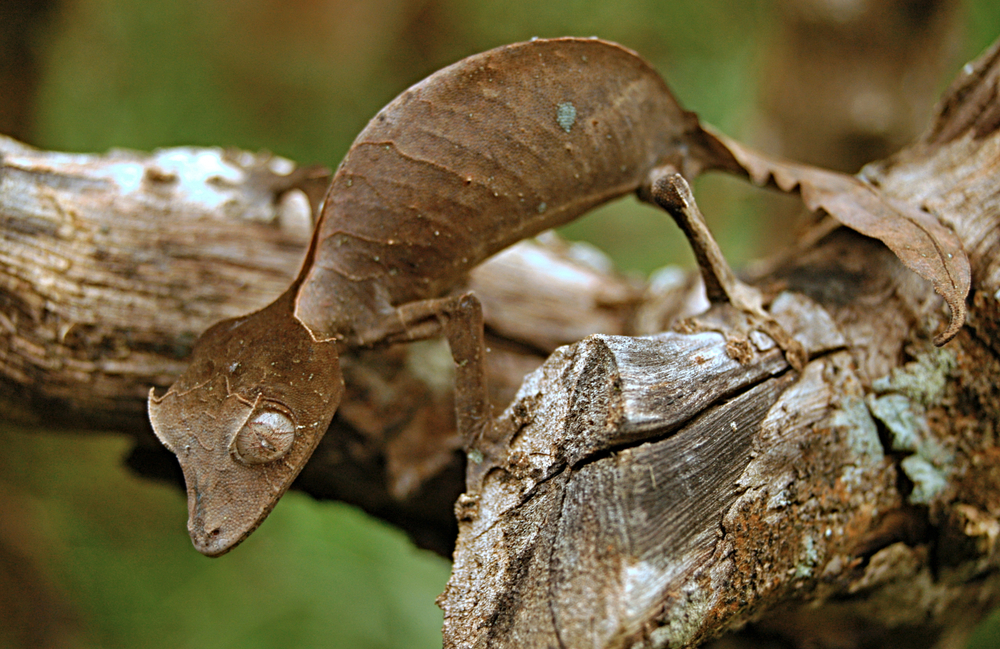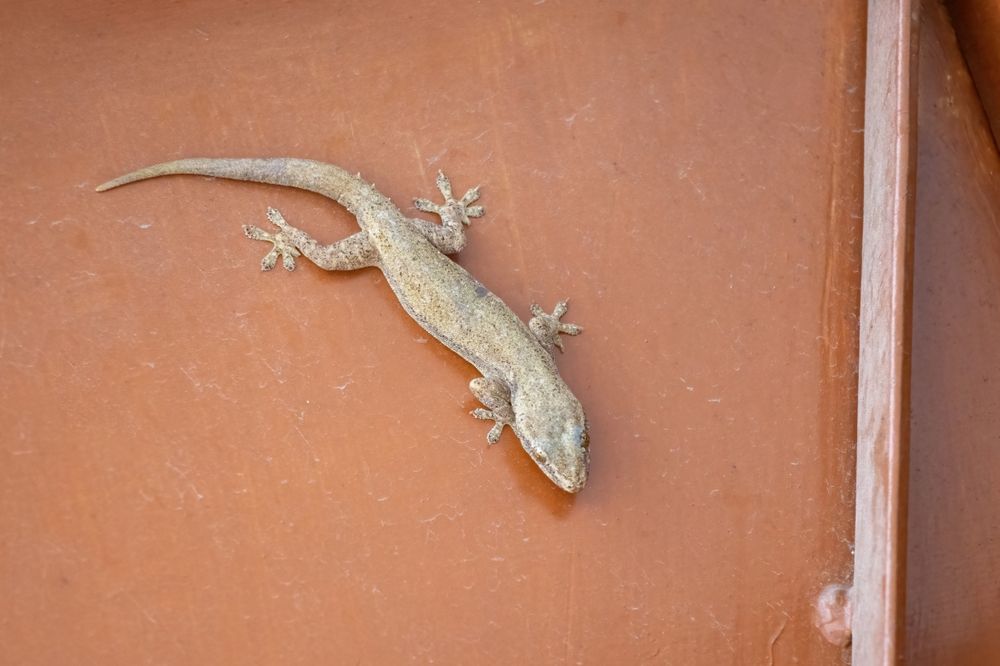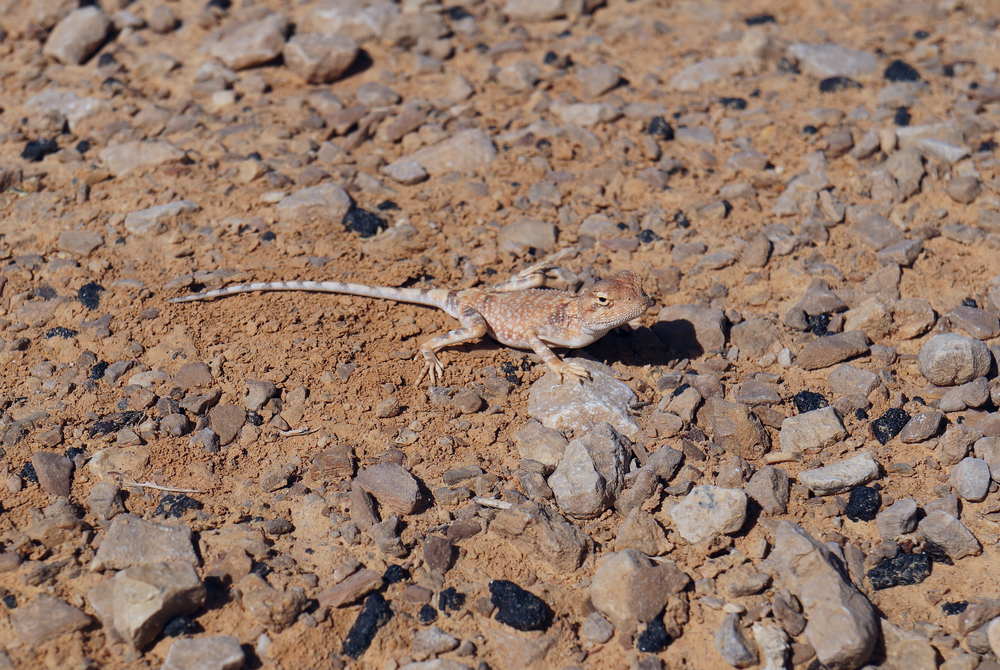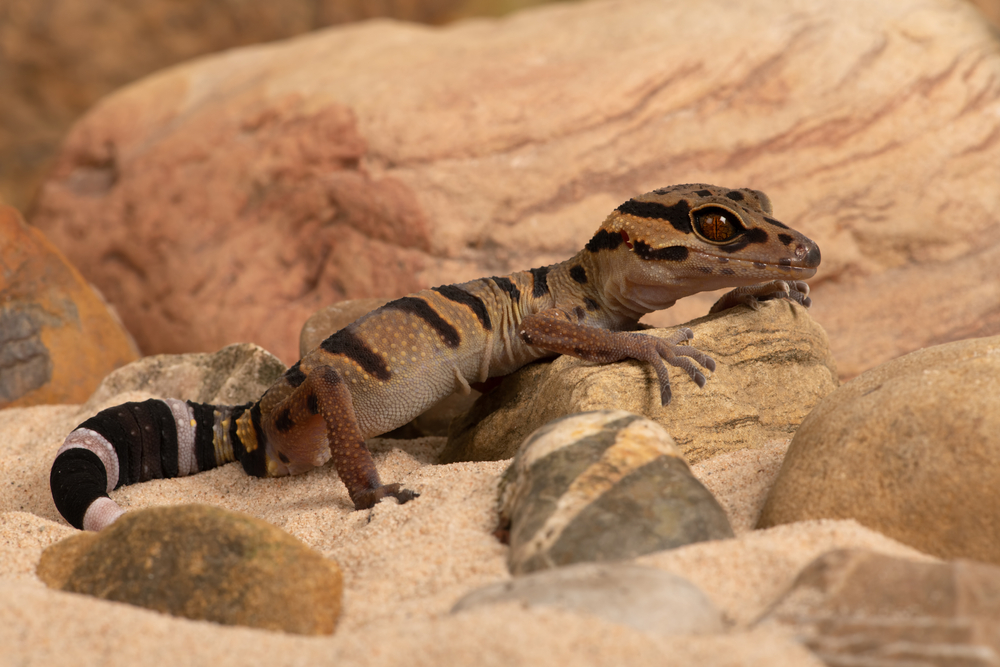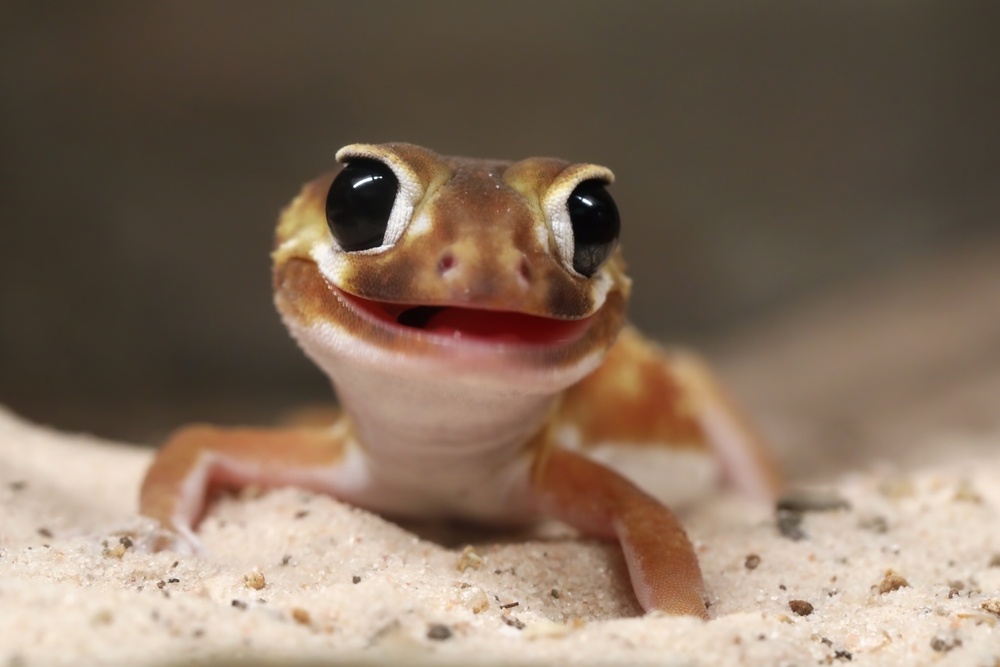Uniqueness
The Crested Gecko is one of the most remarkable reptile conservation stories of modern times—thought extinct until 1994, now flourishing as one of the world’s most beloved pet geckos. Native to the rainforests of New Caledonia, it combines unusual features, gentle temperament, and hardy adaptability like no other.
Rediscovered After Extinction:
Long believed extinct and known only from museum specimens, the Crested Gecko was rediscovered in 1994 on Grand Terre, New Caledonia. Since then, it has rebounded through both wild study and captive breeding—making it a symbol of conservation success.
Fringed “Eyelashes”:
This species is famous for its fringe-like crests, which run from over the eyes down the neck and back. These “eyelashes”—found in no other gecko—give it an iconic, expressive look and aid in camouflage among mossy bark and leaves.
Prehensile Tail with No Regrowth:
Crested Geckos have a fully prehensile tail, used for balance and climbing. Unlike most geckos, if the tail is lost (via autotomy), it does not regenerate. Many adult geckos in the wild and captivity live happily without tails, often called “frogbutts.”
Nocturnal Nectar-Feeder:
One of few geckos that naturally consume fruit, nectar, and pollen, not just insects. Its long tongue and reduced prey drive allow it to thrive on fruit-based diets in both forests and captivity—unusual among reptiles.
Arboreal Acrobatics:
With sticky toe pads and flexible limbs, Crested Geckos can climb vertical glass, leap between branches, and even hang upside-down on smooth leaves. Their climbing ability is exceptional among rainforest lizards.
Captive Superstar:
Crested Geckos are now widely bred in captivity and come in dozens of morphs, with colors and patterns never seen in the wild. They are one of the few reptiles that require no live insects to thrive, making them a favorite among beginner and advanced keepers alike.
The Crested Gecko’s rediscovery from extinction, unique anatomy, and fruit-based lifestyle make it one of the most charming and unusual geckos in the world—and a living testament to the power of biodiversity conservation.



































































